Posted by rtmsf on September 2nd, 2010
Andrew Murawa is the RTC correspondent for the Mountain West and Pac-10 Conferences and an occasional contributor.
Hooray! Today is the official end of the Great Sports Desert – you know, that period of time between the first Monday in April and the first weekend of the college football season. Beginning tonight, there are actual meaningful sporting events that I am interested in. Let’s be clear, I love college football. Easily my second favorite sport. But, I’m a college hoops junkie first and foremost, and part of the reason I love the start of college football season is because that means that the start of college basketball is within shouting distance from here. And, while looking over the slate of college football games this weekend, I couldn’t help but imagine some of these matchups as college basketball games. So, here I have, in reverse order, the ten most intriguing matchups of the college football weekend, provided they are re-imagined as season openers in basketball season. (ed. note: yes, he is sick, but we love him for it)

College Sports is Back on the Calendar!
First, a nod to a handful of games which, being a junkie and all, definitely appeal to me, but were just a bit off of my top-10 list:
-
Pittsburgh @ Utah – on Thursday night, with only six other games on. If this was basketball season, and there were only six other games on, you could bet I’d watch some of this. Sure, Utah isn’t going to be very good, but it would be interesting to see Pitt go on the road early into a hostile environment.
-
Murray State @ Kent State – a very good mid-major matchup between one of last season’s Cinderellas and one of the MAC’s always competitive teams.
-
Connecticut @ Michigan – this game just sounds really good, but in reality, UConn is down and Michigan is, well, I would say Michigan is down, but its been awhile since they’ve been up.
-
Richmond @ Virginia – a big intrastate matchup between the A-10 and the ACC. If Virginia was just a little bit better, this may have made the cut, because UR will be very good again, but a road trip into the John Paul Jones Arena would be a good early test for Kevin Anderson and company.
-
Northwestern @ Vanderbilt – as enticing as this Wildcat/Commodore matchup would be between two talented teams with NCAA Tournament hopes, this just misses the cut.
And on to the top 10:
-
#10 – Washington State @ Oklahoma State – Klay Thompson, Reggie Moore and DeAngelo Casto invade the Gallagher-Iba Arena to provide a good early season test for a young Cowboy squad minus last season’s two leading scorers. While the young Cowboy guards Ray Penn and Keiton Page keep this close throughout, too much Thompson eventually does them in.
Predicted Football Score: Oklahoma State 31 Washington State 10
Predicted Basketball Score: Washington State 72 Oklahoma State 66
-
#9 – UCLA @ Kansas State – Kansas State is one of the teams on the short list of national title contenders. UCLA is, well, honestly, not very good at least judging by last season’s performance. But, they’re still UCLA. And their frontline of Reeves Nelson, Josh Smith and Tyler Honeycutt will test Curtis Kelly, Wally Judge and company, perhaps even to a draw. We’ll also get a first chance to see if the Bruins have even remotely solved their problems at the point, an area of concern that will eventually be the deciding factor in this matchup as Jacob Pullen eventually gets over on Malcolm Lee and the Wildcats pull away in the second half.
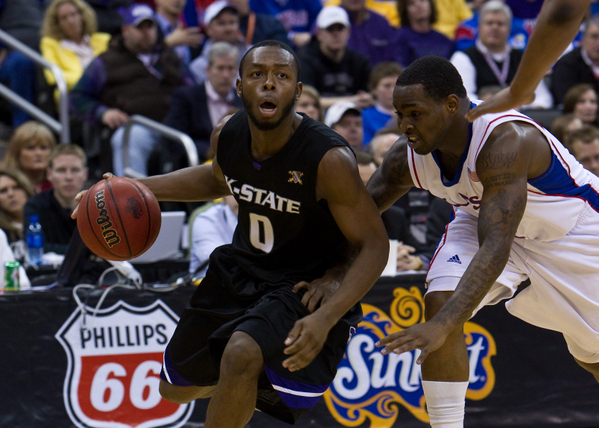
Pullen is Back With Another Strong Team
Predicted Football Score: UCLA 23 Kansas State 17
Predicted Basketball Score: Kansas State 70 UCLA 60
-
#8 – Syracuse @ Akron – Jim Boeheim taking his Orange on the road early against a Midwest mid-major? Sure, that’ll happen. But, if it did, I’d be thrilled to see my first glimpse of Syracuse freshman center Fab Melo battling the Zips own young center, sophomore seven-footer Zeke Marshall. Sure, the Orange’s talent would probably win out in the end with Akron not having an answer for Kris Joseph, but I’m pretty sure that we’d get at least 30 minutes of pretty compelling basketball here.
Predicted Football Score: Syracuse 24, Akron 20
Predicted Basketball Score: Syracuse 67 Akron 55
Read the rest of this entry »
| randomness
| Tagged: abdul gaddy, akron, anthony marshall, byu, chace stanbeck, college football, connecticut, corey fisher, corey stokes, curtis kelly, deangelo casto, dee bost, demetri mccamey, derrick jasper, e'twaun moore, enes kanter, eric atkins, fab melo, illinois, isaiah thomas, jackson emery, jacob pullen, jajuan johnson, jelan kendrick, jereme richmond, jim boeheim, jimmer fredette, joe jackson, john calipari, jon leuer, jordan taylor, josh pastner, josh smith, justin hawkins, kansas st, keaton nankivil, keiton page, kent st, kentucky, klay thompson, kodi augustus, kris joseph, lavoy allen, louisville, luke harangody, maalik wayns, malcolm lee, memphis, michigan, mike brey, mississippi st, missouri, murray st, northwestern, notre dame, oklahoma st, oscar bellfield, phil pressey, pittsburgh, purdue, ravern johnson, ray penn, reeves nelson, reggie moore, rekeem buckles, renardo sidney, richmond, rick pitino, robbie hummel, syracuse, temple, terrence jennings, tory jackson, tre'von willis, tyler honeycutt, ucla, unlv, utah, vanderbilt, venoy overton, villanova, virginia, wally judge, washington, washington st, will barton, wisconsin, zeke marshall
Share this story





























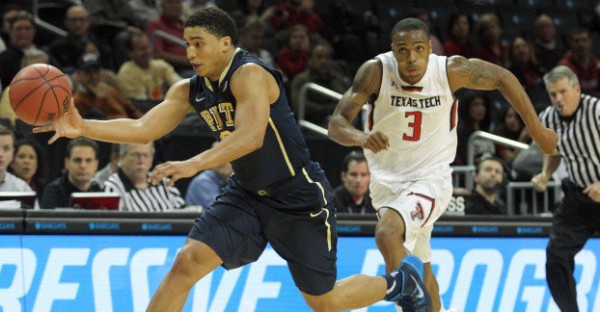
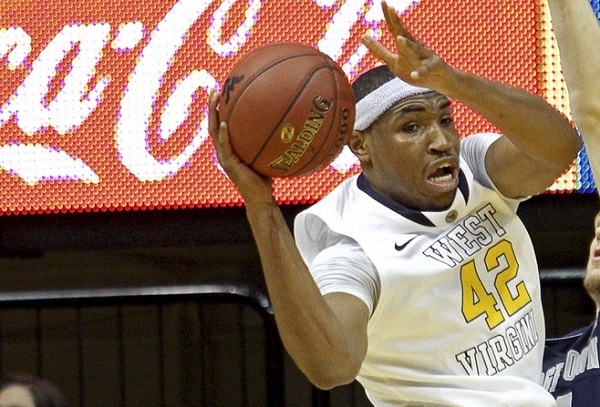
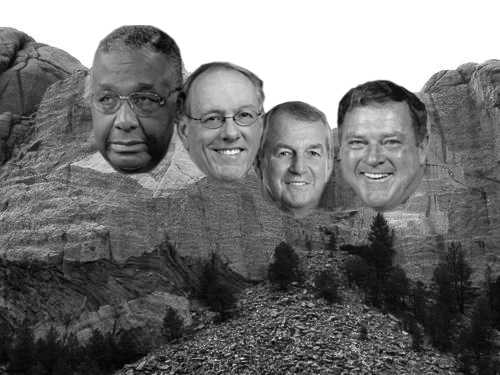
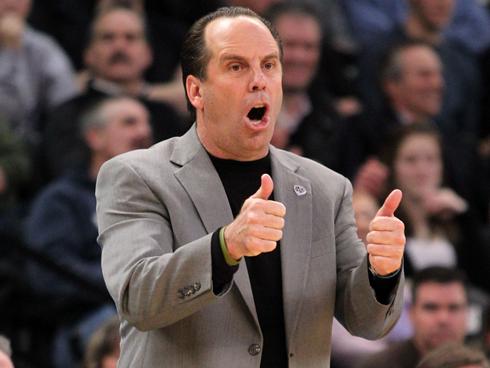
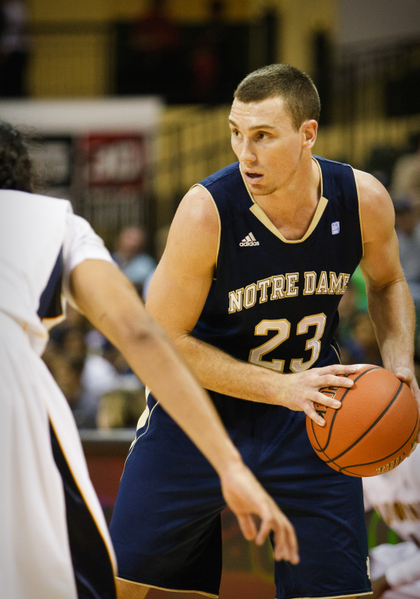



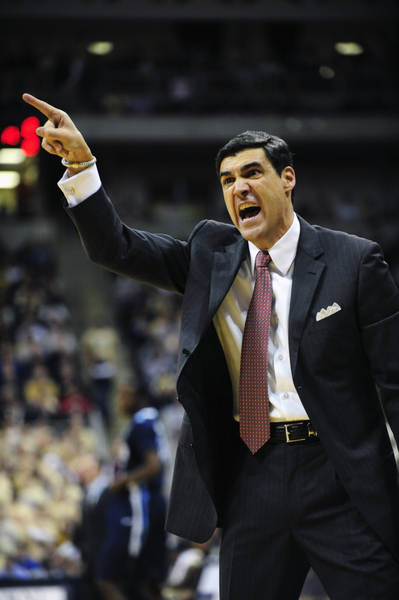
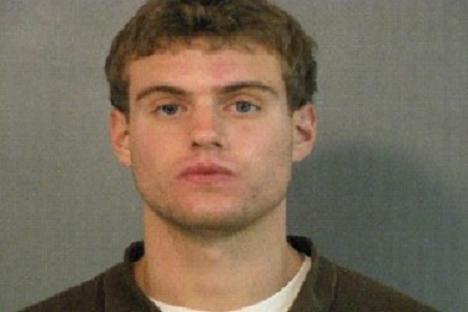
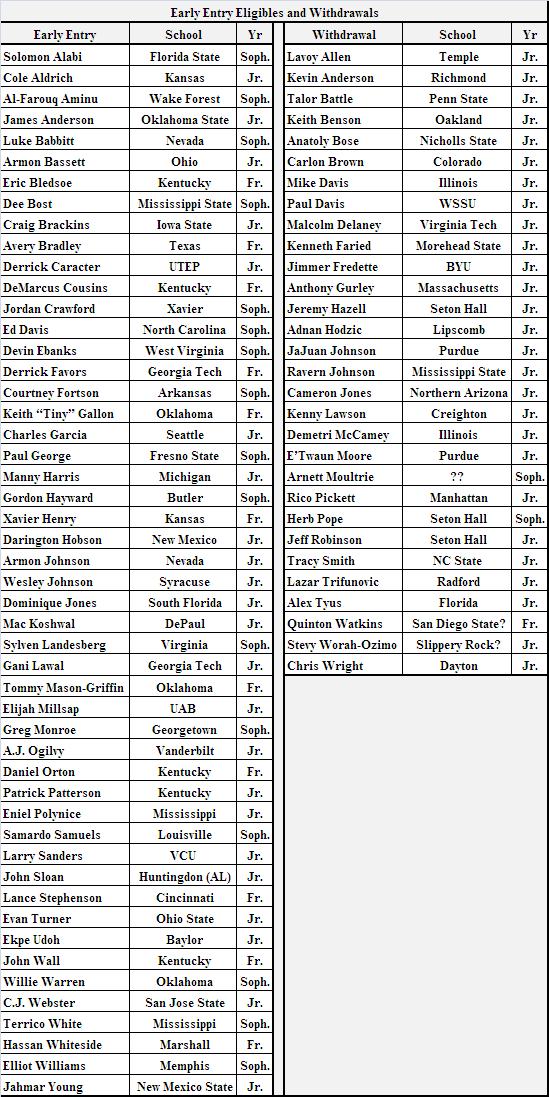
![2760812165213_Texas_Southern_at_Texas[1]](http://rushthecourt.net/wp-content/uploads/2010/05/2760812165213_Texas_Southern_at_Texas1.jpg)












